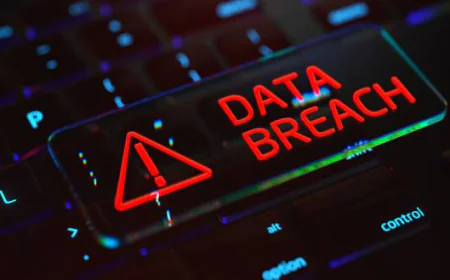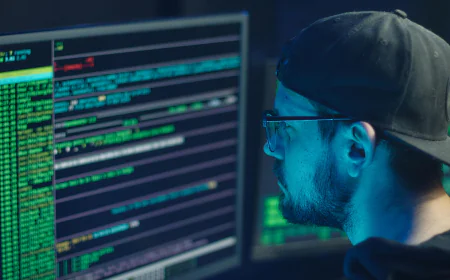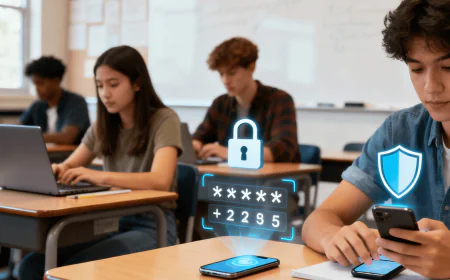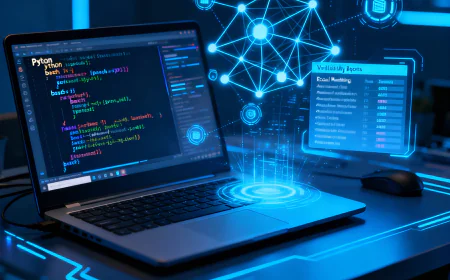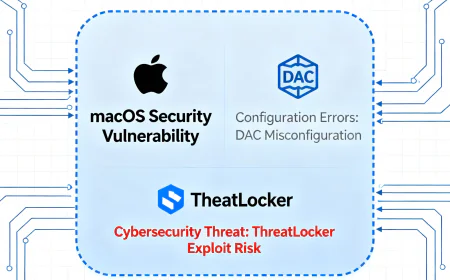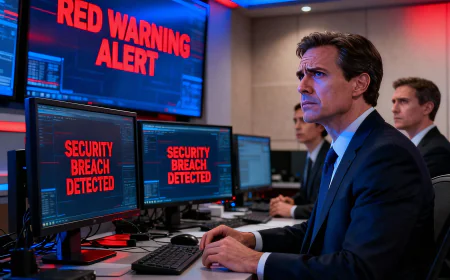180 ransomware attacks plague education sector worldwide in 2025
In 2025, the education sector faced 180 ransomware attacks globally, a 6% rise from 2024. These attacks disrupted schools and universities, targeting outdated systems and exploiting limited cybersecurity resources. Despite high ransom demands, recovery costs have decreased, showing improved resilience. Stronger defenses and awareness remain crucial to protect education from ongoing ransomware threats.

The education sector has experienced a remarkable increase in ransomware attacks, resulting in a situation of utmost urgency for the cybersecurity industry in 2025. A total of 180 incidents were recorded worldwide in the first nine months of the year, which is a 6% increase compared to last year, and educational institutions are being targeted by hackers who exploit the weaknesses of outdated systems, mixed signals from different networks, and inadequate cybersecurity measures. This blog summarizes the problem's extent, its repercussions, and the new resilience strategies aimed at the preservation of students, faculty, and learning continuity.
Increase in the Number of Ransomware Attacks on Educational Institutions
According to the statistics published by Comparitech, in the first three quarters of 2025, at least 180 ransomware incidents affected the educational sector globally. The United States was the hardest hit, with 95 attacks, and more are likely to be confirmed later since some breaches are disclosed only after a long time. The volume of sensitive data schools keep, which ranges from personal records of students to research output, along with their often weak IT infrastructures, have made them increasingly attractive targets for ransomware attacks.
The ransomware incidents associated with the education sector went up 23% in the first half of 2025 as compared to the same period in the previous year, placing education behind business, government, and healthcare as the fourth-most targeted industry. This is partly due to the growing trend of digitization in education, the increase in remote learning, and the challenges of establishing effective cybersecurity in areas with limited budgets.
Major Incident Examples and Their Impact
There are a few major ransomware events that are telling examples of the threat severity, and one of these was the Cherokee County School District attack which took place in March 2025. The attack affected more than 46,000 users, held the systems hostage for a week, and lost 624 GB of data in total risk. Likewise, the higher education institutions such as Tokai University in Japan also experienced heavy breaches where nearly 100,000 students and staff members were affected during the critical academic period.
Ransomware attacks not only encrypt data but also make the situation worse by leaking the data, which gives the hackers a chance to play the public release of confidential documents as one of their threats. The case of the Institute of Culinary Education in the US is one of the most severe ones, where 1.5 TB of data was reported stolen as a result of ransomware, impacting over 33,000 students and faculty. The monetary impact consists of ransom demands that range around a whopping $556,000 in many instances, in addition to a huge amount spent on recovery and legal services that comes on top of the ransom paid.

Why Education Is Particularly Vulnerable
There are some reasons that make the educational sector so much more exposed to ransomware than other sectors:
- Legacy and Fragmented IT Systems: A lot of schools are heavily dependent on old systems that are hard to maintain and sometimes simply cannot be patched at all. Besides, IT is often fragmented with multiple teams in different buildings doing IT support for their respective departments.
- Open and Collaborative Networks: The open culture of educational establishments provides many ways for hackers to get in.
- Limited Budgets and Cyber Expertise: School IT teams usually do not have sufficient funds or skills to build strong walls or to respond to incidents quickly and effectively.
- Rise of Remote Learning: The transition from old-fashioned to modern teaching through internet-based platforms has expanded the attack surface thus creating new vulnerabilities to be exploited.
A key problem that is directly connected to the issue at hand is the slow fixing of known vulnerabilities, with the education sector taking an average of 151 days to remediate critical exposures, which is a timeframe that attackers usually take advantage of. Studies further reveal that more than 65% of academic institutions do not even have the most basic email security deployed, thus making phishing to be one of the very effective attack vectors adopted by hackers.
Tactics that are commonly used in attacks
Ransomware groups use a mix of techniques and such include:
- Phishing and Social Engineering: The primary means of initial attack access are emails that have malware or stealing of credentials.
- Exploitation of Legacy Systems: Cybercriminals take advantage of the software that is no longer being used and unpatched vulnerabilities.
- Ransomware-as-a-Service Models: Different ransomware such as the Qilin group are in this realm, providing infrastructure for the participating firms to attack and gain profits thus increasing incidents' frequency.
The repercussions do not only involve technical damage: students experience anxiety and educational disruption, staff undergo stress due to the chaos in operations and disruption in payroll, and the institutions suffer from the risk of losing their reputation for a long time.
Financial and Academic Impact
Even though ransom prices have seen a major decline in 2025—from multimillion-dollar claims to $1 million or less at medians—the total cost is still massive. The educational institutions of lower status still suffer the most, with their average loss of $2.2 million in some cases remaining above the ransom amount even if it does not include the ransom amount.
The academic institutions also lose a lot of the time during the data incidents, and in such cases, school districts have to cancel classes that might last for several weeks during the recovery. The data breaches very often mean that sensitive student records are exposed thus increasing the identity theft risk among the young ones who are the victims of the data.
Defense Strategies and Resilience
In response to the hacking, educational institutions are using multi-layered security strategies:
- Cybersecurity Awareness Training: Staff and students are trained in phishing detection and safe digital behavior.
- Incident Response Planning: Quick protocols for containment and recovery decrease both downtime and data loss.
- Modernizing Infrastructure: Dismantling the aging infrastructure and separating vital networks lead to a smaller area to attack.
- Regular and Secure Backups: It is imperative to be able to restore data without having to pay the ransom.
- Multi-factor Authentication & Cyber Insurance: Extra layers of access security and financial risk mitigation tools are becoming increasingly common.
- Collaboration with Law Enforcement: Notification of authorities such as the FBI and computer emergency response teams strengthens the collective defense capability.

Looking Ahead: Building a Cyber-Resilient Education Sector
Although there has been a minor decline in the frequency of attacks recently, ransomware still occupies the top spot as the most dangerous threat to education in 2025 and even further. The only way to successfully shield against ransomware is to treat cybersecurity as a continual investment rather than a one-time remedy. Equipped with adequate resources, trained manpower, and strategic cyber defense plans, institutions will be the ones who get to decide the fate of sensitive data and the continuity of education.
Certainly, the challenge is immense. However, if the education sector gives priority to cybersecurity and combines the infusion of technology with awareness and response readiness, it will be able to stand up to this growing threat and will also be able to ensure that future generations can learn and innovate in a secure digital environment.







